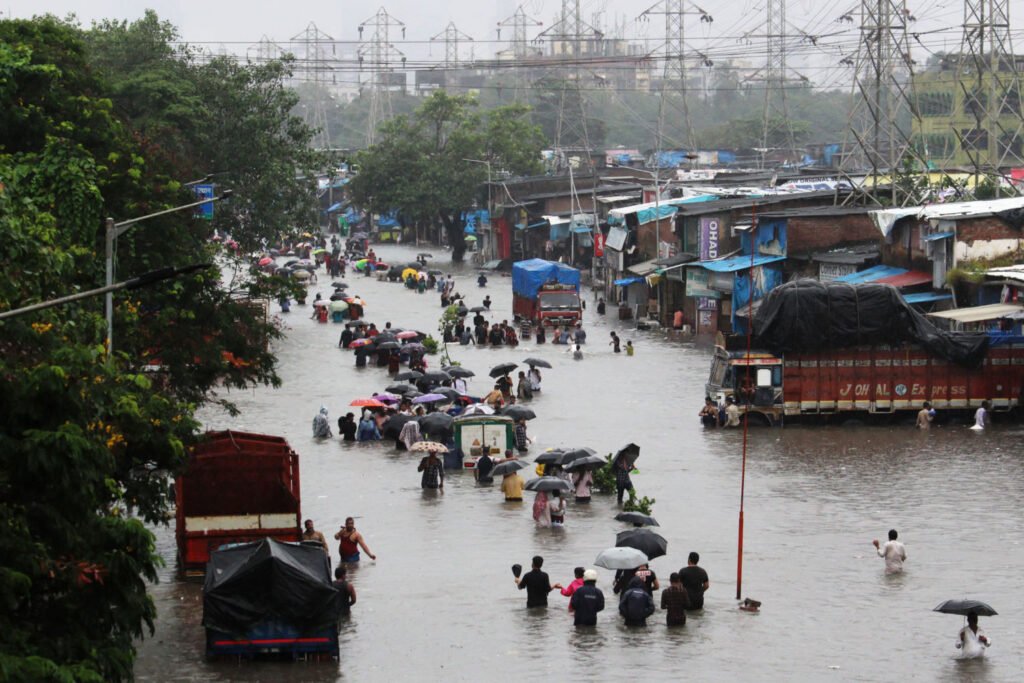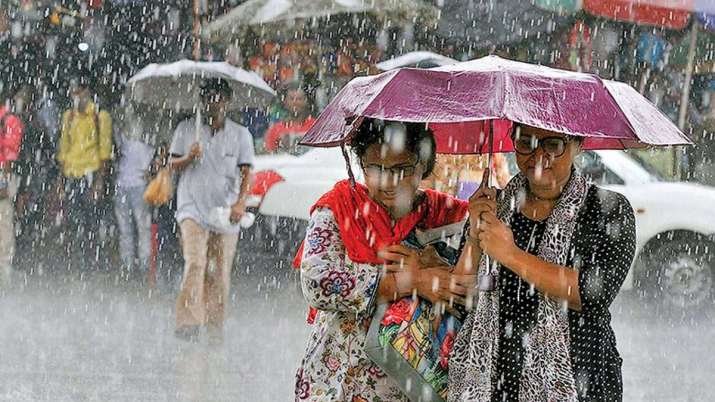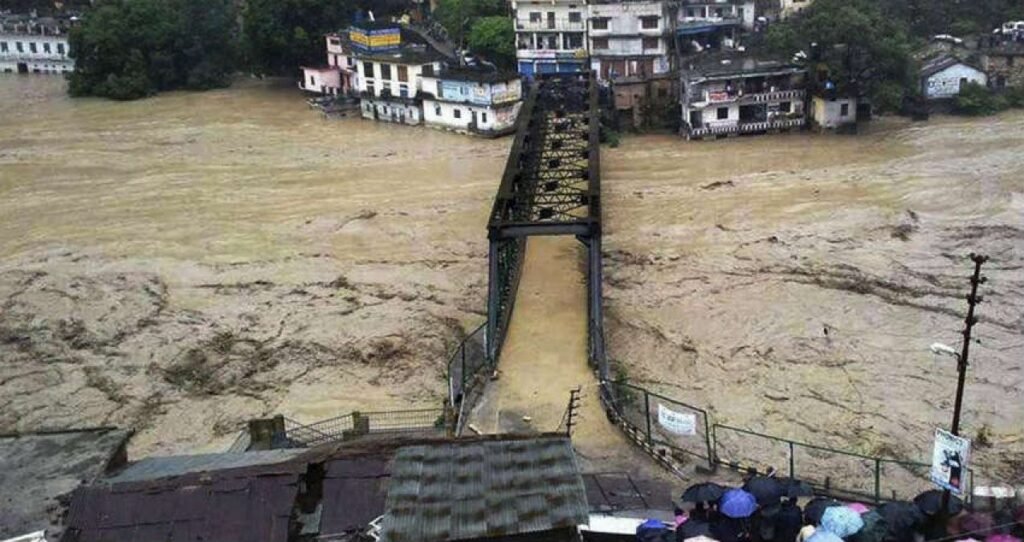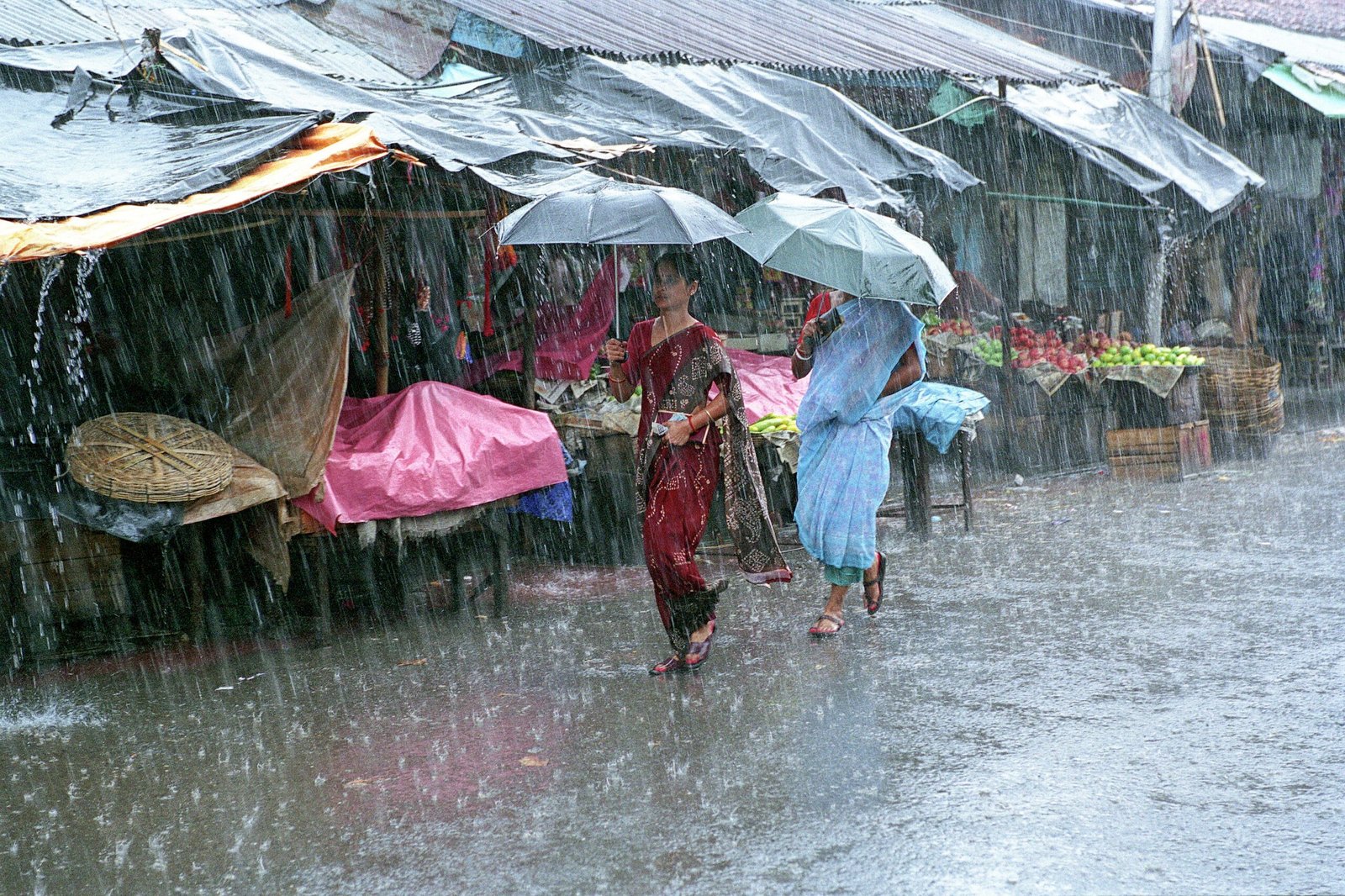Introduction
India, renowned for its diverse climate and abundant agricultural heritage, heavily depends on the monsoon season to sustain its water resources and agricultural productivity. However, recent years have witnessed significant transformations in India’s monsoon patterns.
These modifications have been attributed to various factors, including the interaction between the monsoon and a meteorological phenomenon called western disturbances. This article seeks to delve into the present state of India’s monsoon, the influence of western disturbances, and their repercussions on the nation and its population.
Current Status of India’s Monsoon
India experiences a unique monsoon climate characterized by distinct wet and dry seasons. The Southwest Monsoon, typically spanning from June to September, bestows rainfall upon most regions of the country. This period is crucial for agriculture, as it contributes approximately 70% of India’s annual precipitation. Nonetheless, recent years have witnessed noticeable shifts in the timing, intensity, and distribution of monsoonal rains.
According to the India Meteorological Department (IMD), heavy rainfall events have become increasingly frequent during the monsoon season. M. Mohapatra, the Director General of IMD, has attributed this rise in heavy rainfall to the interaction between western disturbances and the monsoon.

Understanding Western Disturbances
Western disturbances are extratropical weather systems originating over the Mediterranean Sea that traverse eastwards toward South Asia. These disturbances are characterized by low-pressure systems accompanied by cyclonic circulation in the upper atmosphere. As they approach India, they interact with the monsoon winds, resulting in alterations to weather patterns.
Western disturbances usher moisture-laden winds from the Mediterranean region, colliding with the prevailing monsoonal winds over northern India. This collision leads to heightened cloud formation and increased precipitation in specific regions. Although more prominent during winter, these disturbances can also influence the monsoon season, particularly in northwest and northern parts of India.

Impact on India and its People
The interplay between western disturbances and the monsoon exerts both positive and negative impacts on India and its inhabitants. On one hand, these disturbances contribute to augmented rainfall during the monsoon season, which proves beneficial for agriculture and water resources. Sufficient rainfall is vital for crop growth, replenishing reservoirs, and maintaining groundwater levels.
However, the intensified rainfall associated with western disturbances can also give rise to severe weather events such as flash floods, landslides, and waterlogging. These events pose significant challenges to infrastructure, agriculture, and human settlements. The sudden deluge of rainwater can overwhelm drainage systems, causing urban flooding and disrupting daily life.
Moreover, the shifting monsoon patterns influenced by western disturbances can have implications for farmers’ planting schedules and crop yields. Erratic rainfall distribution can affect the timing of sowing and harvesting, potentially resulting in losses in agricultural productivity. It becomes crucial for farmers to adapt their farming practices to cope with these evolving conditions.

Conclusion
India’s monsoon season is undergoing significant changes, with an increase in heavy rainfall events. The interaction between western disturbances and the monsoon system plays a crucial role in shaping these patterns. Western disturbances bring moisture-laden winds from the west, intensifying rainfall activity, and influencing the timing and duration of the monsoon season.
Understanding these dynamics is essential for effective weather forecasting, disaster management, and sustainable development planning in India. Ongoing research and monitoring of these interactions will contribute to a better understanding of the evolving monsoon patterns, enabling policymakers to make informed decisions to mitigate potential risks associated with extreme weather events.
Additionally, it is important to note that the changing monsoon patterns may have implications for ecosystems, infrastructure, and the overall well-being of communities across India. Adapting to these changes and implementing resilient strategies will be crucial for addressing the challenges posed by the evolving monsoon patterns in the years to come.




